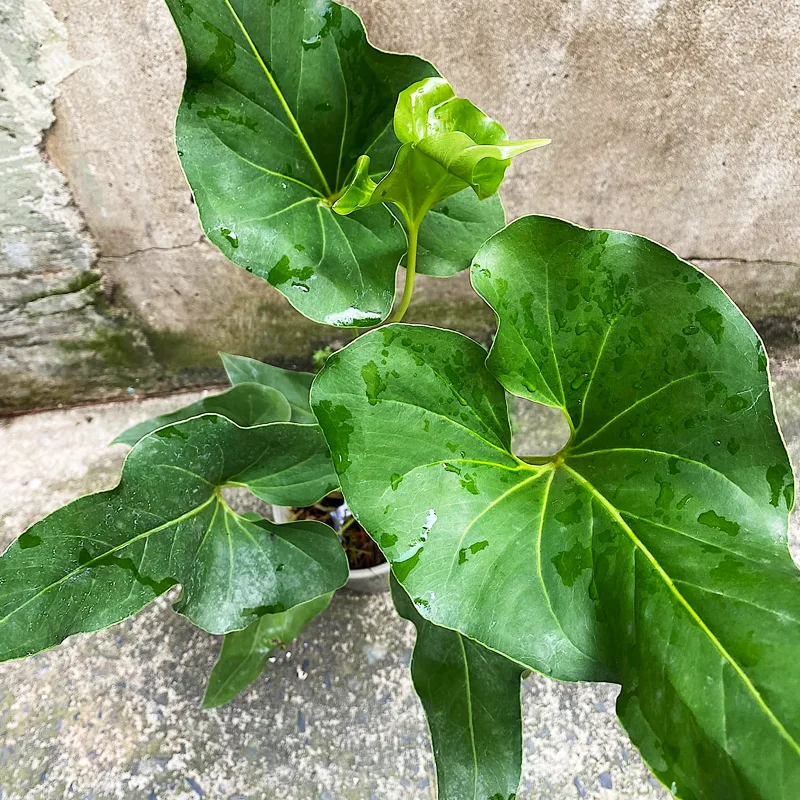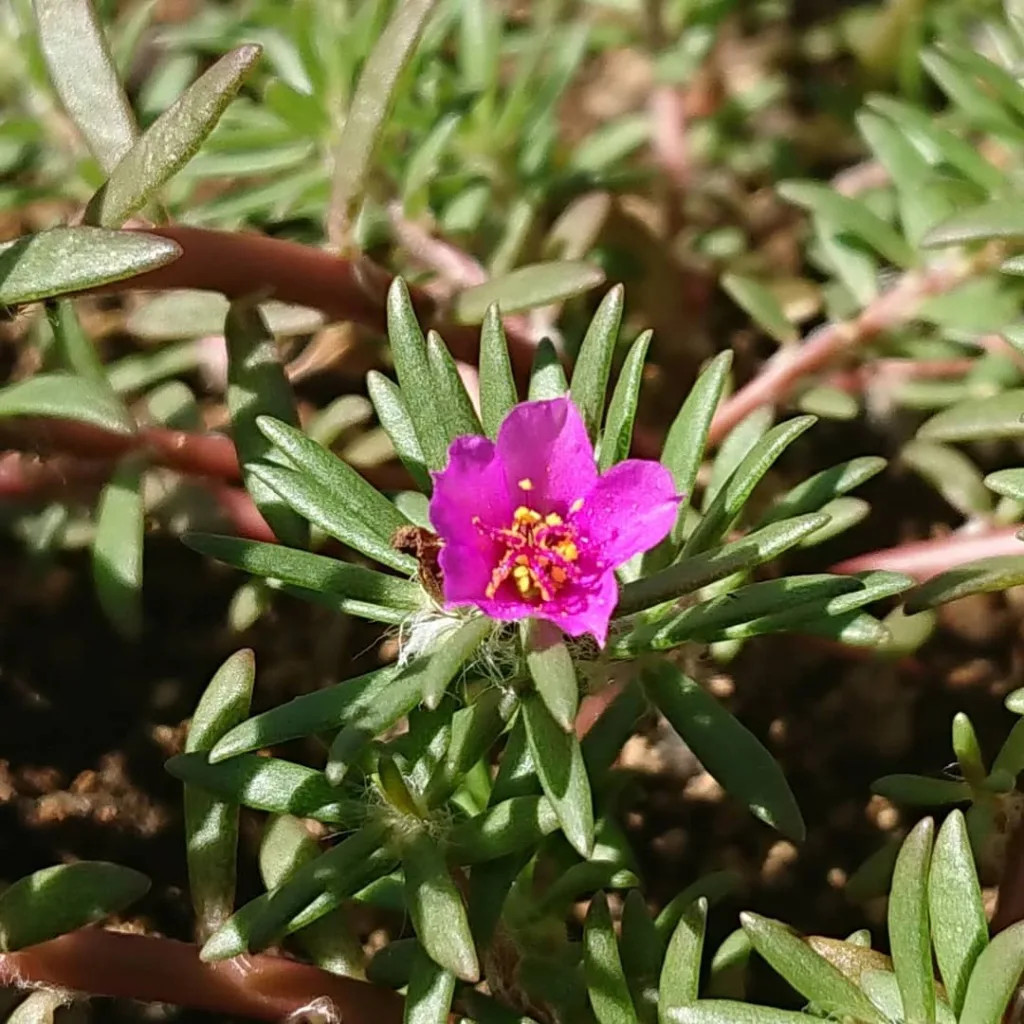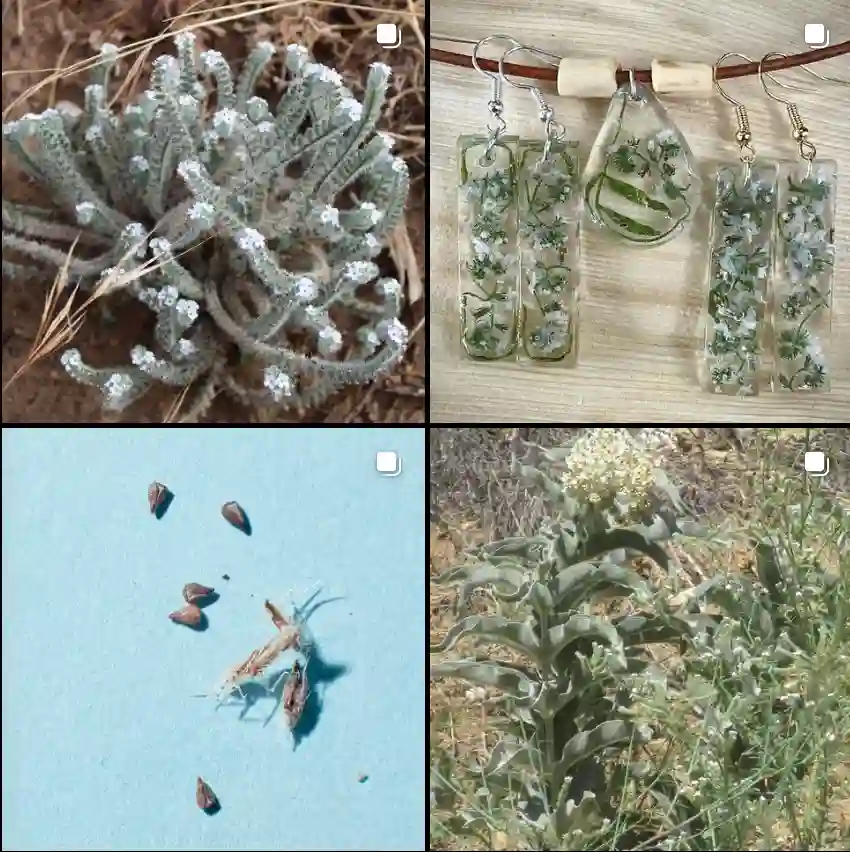Iliamna: A Deep Dive with Ferb Vu
I’ve always been drawn to the subtle beauty of wildflowers. There’s a certain resilience and understated elegance about them that I find captivating. Recently, I stumbled upon the genus Iliamna, and I was immediately hooked. These plants, with their delicate blooms and hardy nature, truly embody the spirit of the wild.
Iliamna is a genus of flowering plants belonging to the mallow family, Malvaceae. They are native to North America, and are commonly known as wild hollyhocks. This name is quite fitting, as they bear a resemblance to the more cultivated hollyhock (Alcea) with their tall stems and showy flowers. However, Iliamna possesses a unique charm, a kind of wild grace that sets it apart.
Species of Iliamna
The genus Iliamna comprises several species, each with its own distinct characteristics. Here are:
- Iliamna angulata: commonly known as the angled wild hollyhock, is a perennial plant native to North America, recognized for its tall stature and delicate, pale pink to lavender flowers that bloom in mid-summer, attracting pollinators.
- Iliamna bakeri (Baker’s wild hollyhock): This species is known for its narrow leaves and deep rose-purple flowers.
- Iliamna corei (Core’s wild hollyhock): A rare species with smaller flowers.
- Iliamna crandallii (Crandall’s wild hollyhock): This species boasts whitish or pinkish flowers and is adapted to high altitudes.
- Iliamna latibracteata (California wild hollyhock): This species is native to California and has broad, involucral bracts.
- Iliamna longisepala (Longsepal wild hollyhock): Recognizable by its long sepals and deep rose-purple petals.
- Iliamna remota (Kankakee mallow): This rare species is known for its distinct leaf shape and is found in specific areas of the Midwest.
- Iliamna rivularis (Streambank wild hollyhock): This species thrives in moist environments and has a wide distribution.
Characteristics of Iliamna
What truly fascinates me about Iliamna is the subtle nuances that differentiate it from other genera in the Malvaceae family. These plants are herbaceous perennials, meaning they live for more than two years. They typically have a woody base, known as a caudex, from which multiple stems emerge. The stems are generally tall, often reaching heights of over six feet.
The leaves of Iliamna are alternate, meaning they are arranged singly along the stem. They are palmately lobed, which means the lobes radiate from a central point, much like the fingers of a hand. The leaves and stems are covered in coarse hairs, giving them a slightly rough texture.
The flowers of Iliamna are undoubtedly their most striking feature. They are borne in racemes, which are elongated clusters of flowers blooming along a central stem. The flowers themselves are large and showy, with colors ranging from white to lavender and deep rose-purple. They have a subtle fragrance, adding to their allure. A key characteristic of Iliamna is the presence of three to ten involucral bractlets, small leaf-like structures located beneath the calyx of the flower. These bractlets are an important distinguishing feature within the genus.
Why Iliamna Matters
Beyond their aesthetic appeal, Iliamna species play a crucial role in their ecosystems. They provide nectar and pollen for a variety of pollinators, including bees, butterflies, and hummingbirds. Their seeds serve as a food source for birds and small mammals. Additionally, some Iliamna species have been used traditionally for medicinal purposes by indigenous peoples.
Unfortunately, some Iliamna species, like Iliamna remota, are facing threats due to habitat loss and degradation. It’s crucial that we recognize the importance of conserving these plants and their habitats. By protecting Iliamna, we are not only preserving a beautiful part of our natural heritage, but also ensuring the health and diversity of our ecosystems.
My Connection to Iliamna
As someone who appreciates the beauty and complexity of the natural world, I find Iliamna to be a source of constant fascination. Their resilience in the face of adversity, their subtle beauty, and their ecological importance all resonate deeply with me. I believe that by understanding and appreciating these plants, we can gain a deeper understanding of ourselves and our place in the world. I encourage everyone to take some time to learn more about Iliamna and other native plants in their region. You might be surprised by what you discover.
If i die, water my plants!



